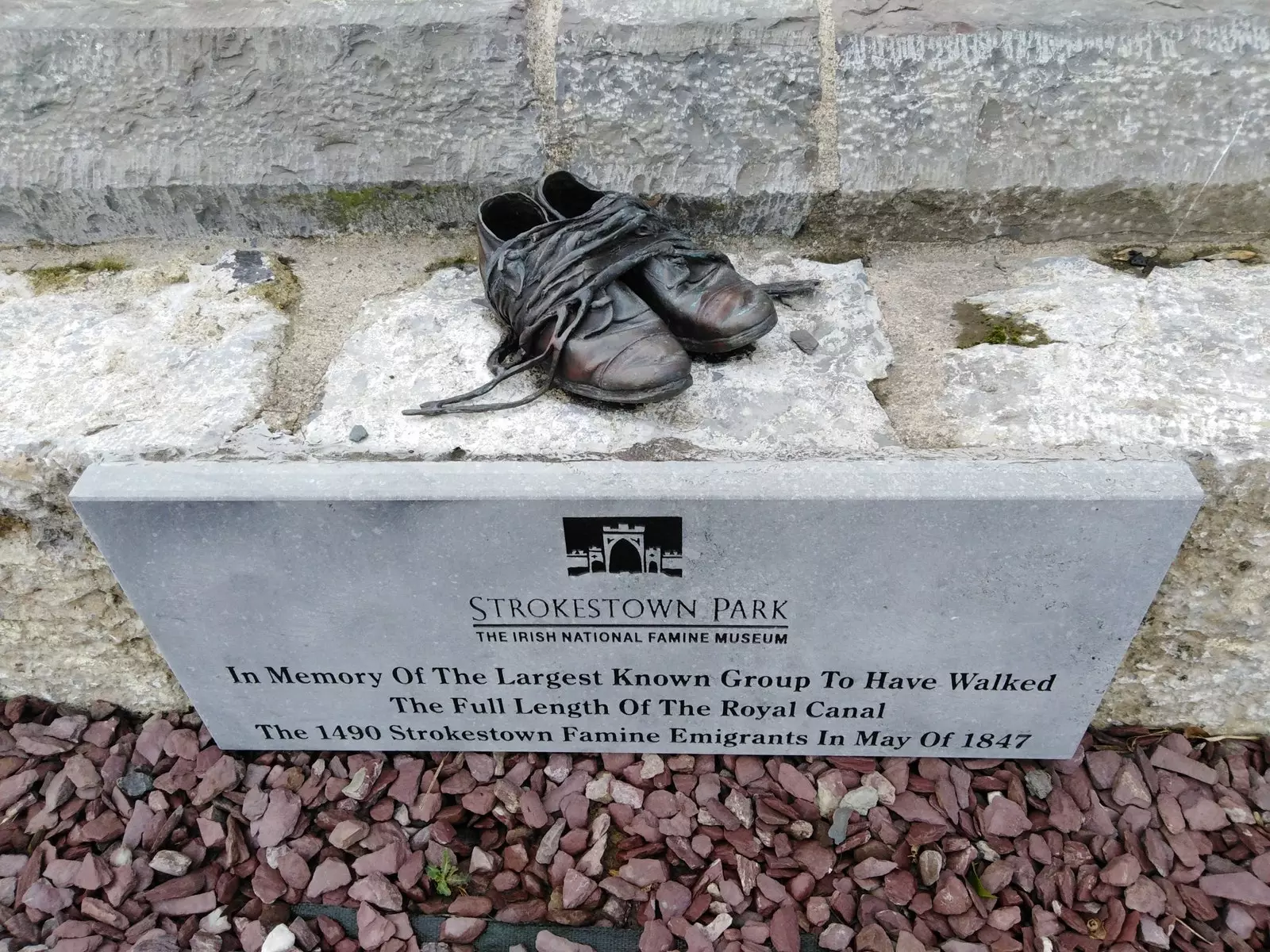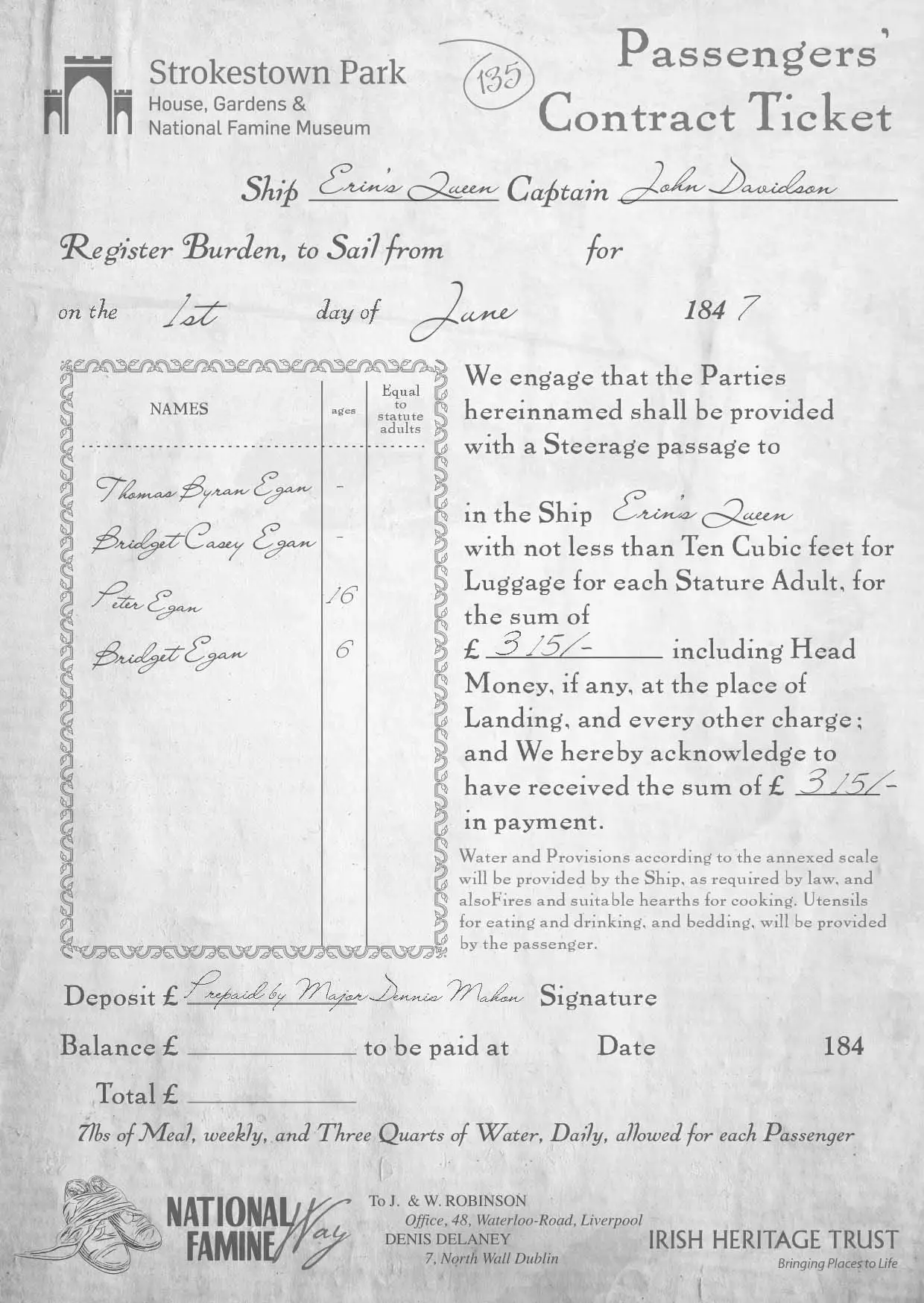
The National Famine, the path that remembers the years of the Great Famine in Ireland.
The Great Famine was one of the worst moments in history for Ireland, which is still suggested today by various debates . From 1845 to 1849 more than a million Irish people starved to death and another million had to emigrate to survive. The potato was the economic source that sustained the country, but a plague that devastated the fields caused a domino effect that decimated the population of the island between 20% and 25%.
In May 1847, the worst year of the famine, 1,490 people had to walk 100 miles from Strokestown to Dublin. , and later to Liverpool. From there, they traveled on so-called "coffin ships" on a nightmarish journey to Quebec in Canada.** Only half of those who left made it to their destination**.
This group of walkers, all of them inhabitants of Strokestown, were baptized as the 1,490 disappeared . The story of #Missing1490 has spawned a research program at the University of Toronto to uncover the stories of survivors in America and Canada, and now Ireland has honored them on a new trail as well.

The passport of The National Femine Way.
The National Famine Way is a heritage trail that runs 100 miles from the National Famine Museum in Strokestown Park through six counties to Dublin, mainly along the Royal Canal. On this path, hikers (and also cyclists) can get to know the history of this disastrous period for Ireland and get the 27 stamps that can be included in your passport . At the end of the trail you will be able to collect your certificate of completion at the EPIC The Irish Emigration Museum in Dublin.
“This heritage trail not only links two major Irish museums, but also makes the connection between the hidden places of** Ireland's Hidden Heartlands** and the** ancient east of Ireland**. As well as health, history, culture and art, the path also exposes rural Ireland and provides an economic boost to local communities with bike hire, cafes, bars, shops and accommodation benefiting from an expected economic impact of over €2 million,” said Anne O'Donoghue, CEO of the Irish Heritage Trust, in a statement.
In addition, along the path there are 30 sculptures of shoes that are accompanied by audio guides, to learn more about history and follow in the footsteps of walkers hand in hand with the children's book writer Marita Conlon-McKenna , which focused on the story of Daniel Tighe, a 12-year-old boy who survived the trip to Canada.
The trail is open 365 days a year , your registration is free but the passport and the audio guide have a price of 10 euros.
